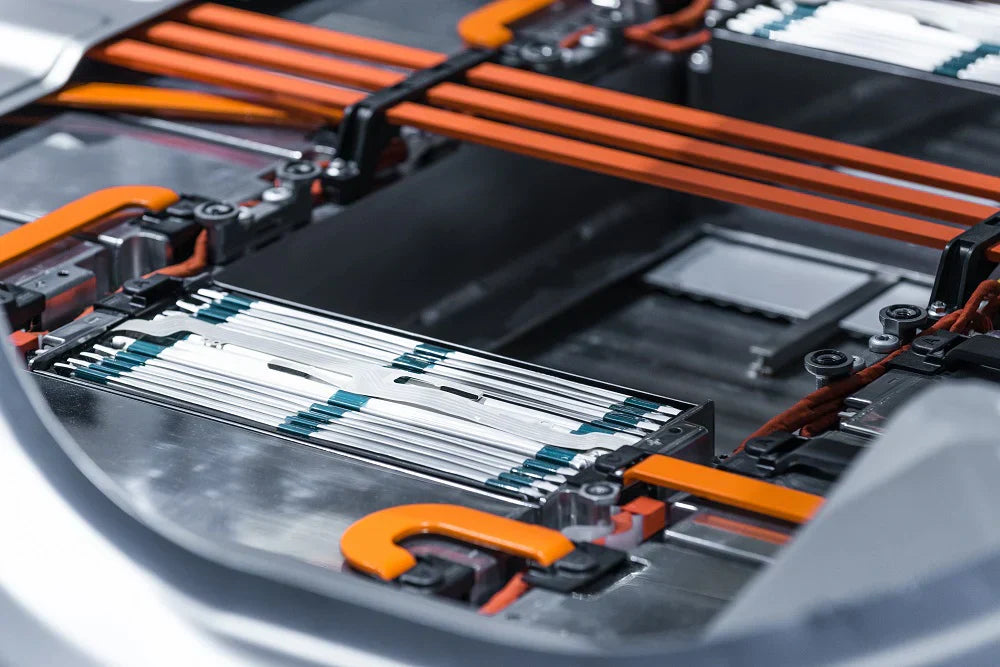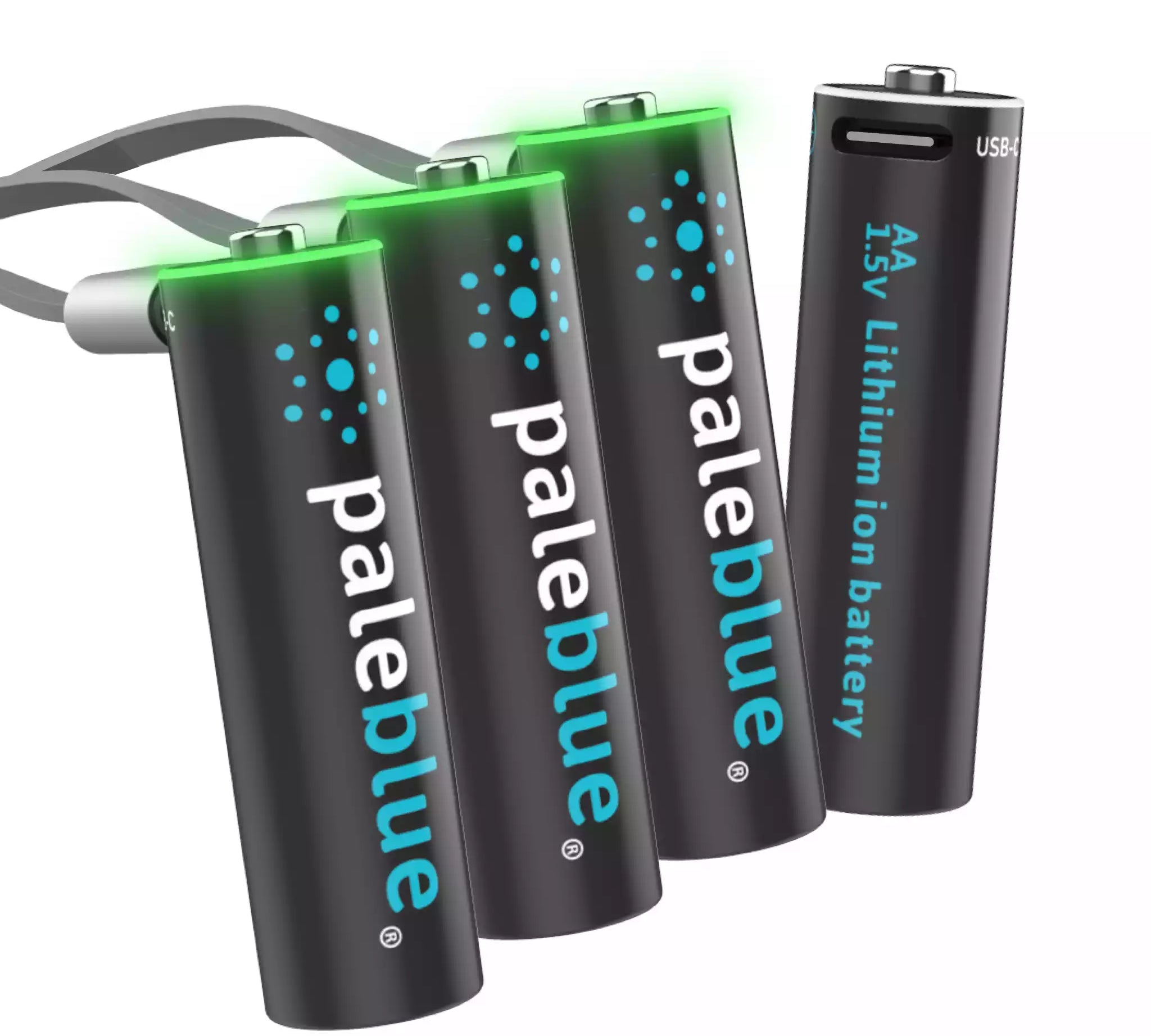The 6 Parts That Make Up a Typical Lithium-Ion Battery

We would expect that most consumers pretty much don't care how lithium-ion batteries are built. They don't care what's in them or the mechanics that make them work. All they care about is that their batteries perform as promised and deliver power when it is needed. Fair enough. But we are also willing to bet that there are some of you that are interested in the details, so here's what you should know:
Parts 1 and 2 – Electrodes
At the top of the list are two parts that we lump together: the electrodes. You have an anode (the negative end) and a cathode (the positive end); both are electrodes. They make the connection between battery and device. Without the two electrodes, a battery doesn't complete the circuit it is attached to. And without a complete circuit, electricity doesn't flow.
Note that the electrodes are charged negatively and positively at their respective ends. Once again, this is critical to producing current. Having to identically charged electrodes would not facilitate current moving through the battery.
Part 3 – Current Collector
Attached to each electrode is a current collector. A current collector is essentially a thin conductive material usually presented in foil form. Its main function is to move electric current from battery to device (when in use) and from charger to battery (when being charged). A good way to think of the current collector is to imagine it being an automatic door. The doors at either end of the battery open and close depending on which direction the current is flowing in.
Part 4 – The Electrolyte
Batteries do not actually store electricity. They generate it through a chemical reaction that requires an electrolyte. Here are the basics of how it works:
During discharge, lithium ions move from anode to cathode. Meanwhile, electrons move in the opposite direction. The combined movements create current. Movement goes in the opposite direction during charging. In both cases, lithium ions and electrons travel through an electrolyte. This is usually a liquid or gel material engineered to be highly conductive.
Part 5 – The Separator
Opposite charges on both ends of the battery require that the anode and cathode be kept separate. That is the job of the battery part known as the separator. A separator has to be made from a material capable of allowing ions and electrons to flow freely while keeping the two electrodes conductively separated. This component is usually a porous film.
Part 6 – The Enclosure
With the exception of the outside surfaces of both electrodes, the only other battery part you see is the enclosure or case. A battery case has to be manufactured using a material capable of containing the chemicals within. It must be tough enough to withstand a certain amount of punishment. After all, no one wants their batteries to break if you accidentally drop them. Cases also have to be sealed for obvious reasons.
You now know the six basic components of a typical lithium-ion battery. There are differences between battery types and chemistries and their performance and charging attributes vary quite widely.
As a premium battery seller, we are confident that Paleblue USB-C rechargeable batteries are among the best on the market. Whether or not you care about all the technical details, we will stand behind our belief that our batteries are not only a great ROI, but also convenient and deliver reliable performance charge after charge.
- Tags: Performance Sustainability







